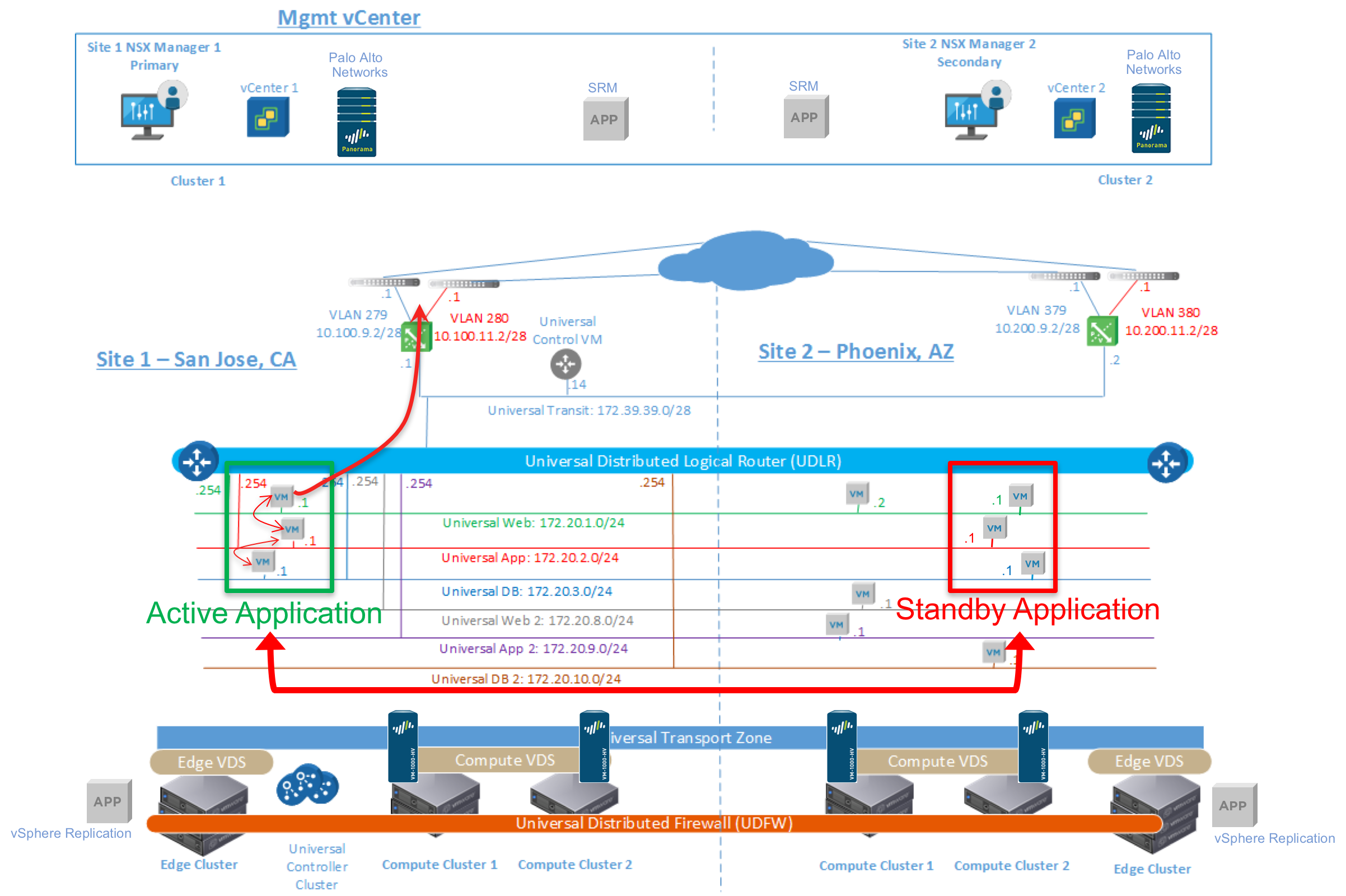There are many design methodologies. The VCAP Design certification focuses on 3 primary methods. Physical, Conceptual, and Logical. This post will be around the definition of all 3 design methodologies including some examples. I will continue to add to this post as well as the others as I continue on to study for this exam. As always if I have something wrong or I should expand on anything, please let me know in the comments section.
Starting with the Physical Design which consists of the detailed schematics and configuration details of how a system needs to be built. It should be very detailed and specific. Showing different technical components and how they are technically assembled. It shows HOW the solution is being put together. Typically a Physical Design is graphical although can be textual.
Few basic examples:

Credit: https://docs.vmware.com/en/VMware-vSphere/6.5/com.vmware.vsphere.networking.doc/GUID-B15C6A13-797E-4BCB-B9D9-5CBC5A60C3A6.html

Credit: https://pubs.vmware.com/vsphere-51/index.jsp?topic=%2Fcom.vmware.vsphere.avail.doc%2FGUID-52F1BC6A-CC0D-4B1A-BDD7-5063B3AED1CE.html

Credit: https://blogs.vmware.com/networkvirtualization/2017/01/vmware-nsx-srm-disaster-recovery-overview-demo.html/
Next is the Conceptual Design which is the complete opposite of a Physical Design. Where a Physical Design is meant more for the Engineer of an environment, the Conceptual Design is meant for the owner of the environment. It describes the datacenter or infrastructure from an owners view and WHY the system is being built. It should go into details on the business drivers, requirements, constraints, and so on. Owners want to know what the business value the solution brings and what they’re are getting out of the project.
Few basic examples:

Credit: https://docs.vmware.com/en/vRealize-Suite/7.0/com.vmware.vrealizesuite.overview.doc/GUID-BBF59167-2047-4262-9285-95988D237E09.html

Credit: https://docs.vmware.com/en/VMware-vCloud-NFV-OpenStack-Edition/3.0/vmware-vcloud-nfv-openstack-edition-ra30/GUID-F2F6B786-6DC3-4D30-964C-A761AB1C63F1.html

Credit: http://seoclearly.com/architecture-diagram-picture/an-introduction-to-tier-reference-architecture-internet2-blogs/
Finally, there is the Logical Diagram which should appeal to both the Owners and Engineers. This design shows the Pros and Cons of your decision. It describes the Architects view and ensures alignment between the Conceptual and Physical designs. Can be graphical, textual, or both.
Few basic examples:

Credit: https://docs.vmware.com/en/VMware-Validated-Design/4.3/com.vmware.vvd.sddc-design.doc/GUID-7F888A75-ED44-480E-9526-86416D836CEF.html

Credit: https://docs.vmware.com/en/VMware-Validated-Design/4.3/com.vmware.vvd.sddc-design.doc/GUID-5173CE55-C04D-4AC6-9F67-73B00970126A.html

Credit: https://docs.vmware.com/en/VMware-Validated-Design/4.3/com.vmware.vvd.sddc-design.doc/GUID-CA064F9C-64CC-4597-895D-9B4CC2E40075.html
1 thought on “VCAP6-DCV Design: Design Methodologies”